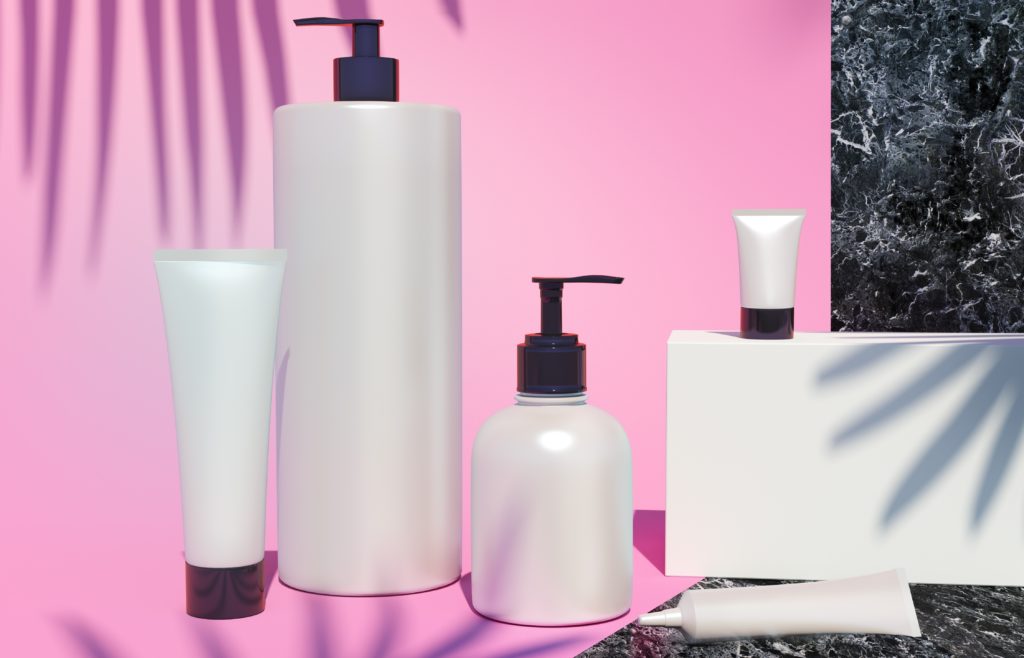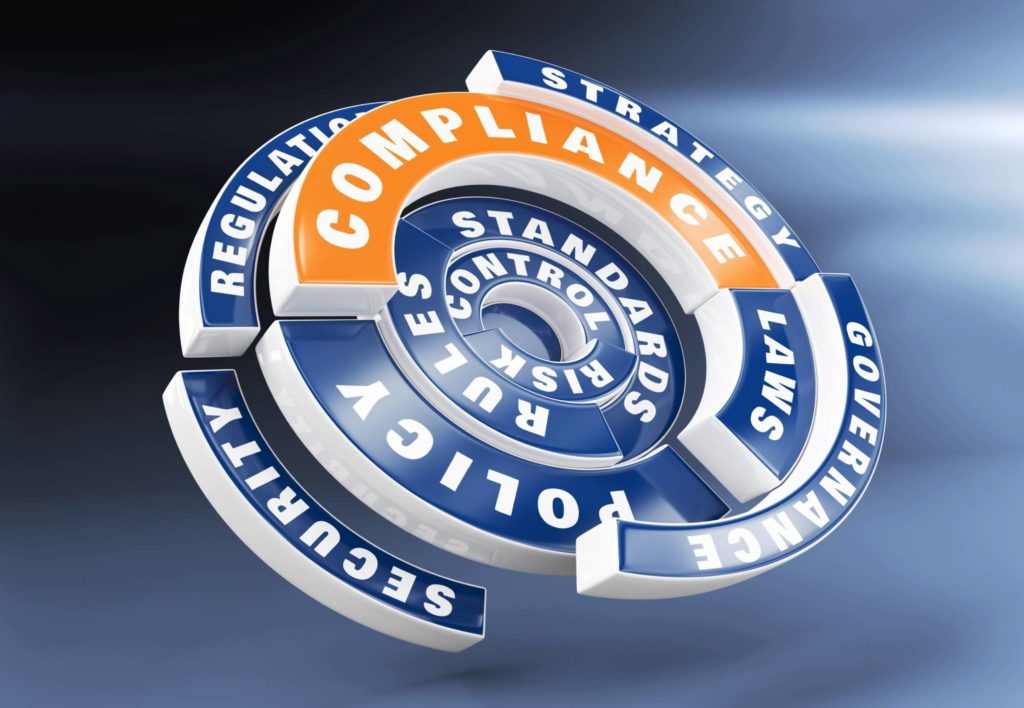Temporary Importation under Bond
Temporary Importation under Bond
Temporary Importation under Bond (TIB)
A Temporary Importation under Bond (TIB) is a temporary importation of goods under bond, not imported for sale or sale on approval, without payment of duty and merchandise processing fee (MPF) with the intent to export or destroy the goods.
The period of time during which merchandise entered under bond may remain in the customs territory of the United States is up to one year, which may be extended for not more than two further periods of 1 year each, or such shorter period as may be appropriate, but not exceed three years from the date of importation. However, there are exceptions to this rule.
(1) Articles imported under heading 9813.00.75 shall be admitted under bond for their exportation within 6 months from the date of importation and such a 6-month period shall not be extended, and
(2) In the case of professional equipment and tools of trade admitted into the United States under heading 9813.00.50 which have been seized (other than by seizure made at the suit of private persons), the requirement of reexportation shall be suspended for the duration of the seizure
Failure to export or destroy the articles in accordance with the regulations within the appropriate period of time will result in liquidated damages. Heading 9813 in Subchapter XIII of the Harmonized Tariff Schedule contains the provisions and general requirements for all categories and specific rules for certain types of goods for temporary imports under bond. Regulations concerning TIB entry procedures, eligibility for TIB entry, and bond cancellation through exportation or destruction are provided in 19 CFR 10.31 through 10.40.
The following are examples of goods for TIB.
- Articles to be repaired, altered or processed (including processes which result in articles manufactured or produced in the United States).
- Models of women's wearing apparel imported by manufacturers for use solely as models in their own establishments.
- Samples solely for use in taking orders for merchandise
- Automobiles, automobile chassis, automobile bodies, cutaway portions of any of the foregoing and parts for any of the foregoing, finished, unfinished or cutaway, when intended solely for show purposes
- Animals and poultry brought into the United States for the purpose of breeding, exhibition or competition for prizes, and the usual equipment therefor
- Articles of special design for temporary use exclusively in connection with the manufacture or production of articles for export
- Containers for compressed gases, filled or empty, and containers or other articles in use for covering or holding merchandise (including personal or household effects) during transportation and suitable for reuse for that purpose
- Professional equipment, tools of trade, repair components for equipment or tools admitted under this heading and camping equipment; all the foregoing imported by or for nonresidents sojourning temporarily in the United States and for the use of such nonresidents
- Locomotives and other railroad equipment brought temporarily into the United States for use in clearing obstructions, fighting fires or making emergency repairs on railroads within the United States, or for use in transportation otherwise than in international traffic when the Secretary of the Treasury finds that the temporary use of foreign railroad equipment is necessary to meet an emergency
Customs Clearance and Import Requirements
- Entry of Imported Merchandise
- What is Section 321 Entry?
- What is Automated Commercial Environment (ACE)
- What is an Automated Broker Interface (ABI)?
- Who is Ultimate Consignee?
- What is Non-Resident Importer Program?
- Country of Origin of Imported Merchandise
- What is the Country of Assembly?
- What is the FDA's Country of Manufacture?
- Marking of Country of Origin on U.S. Imports
- What is Customs Bond?
- Reconciliation Prototype and Bond Rider
- Who Needs a Customs Broker?
- What is Customs Ruling Program?
- Classification of Imported Goods
- How is imported merchandise appraised?
- What are Import Quotas?
- What are Trade Remedy Duties?
- Antidumping Duty (AD) and Countervailing Duty (CVD)
- What is Foreign Trade Zone (FTZ)?
- What is Importer Security Filing (ISF)?
- What is Temporary Importation under Bond (TIB)
- What is In-Bond Process?
Quick Link To U.S. Customs & Import Requirements
In-Depth Coverage: Country of Origin
- Country of Origin of Imported Merchandise
- Customs Ruling: Country of Origin
- Country of Origin: Food Products
- Country of Origin: Chemical and Pharmaceutical Products
- Country of Origin & Country of Manufacture: CBP vs. FDA
- Country of Origin: Substantial Transformation or Country of Assembly Test
- Country of Origin and Free Trade Agreement
- Country of Origin and Section 301
FDA-Regulated Products and Import Requirements
- What is Food Safety Modernization Act (FSMA)?
- Prior Notice of Imported Foods
- Food Facility Registration
- Risk-Based Preventive Controls for Human Food
- Risk-Based Preventive Control for Animal Food
- Standards for the Growing, Harvesting, Packing, and Holding of Produce for Human Consumption
- What is Foreign Supplier Verification Program (FSVP)?
- Protect Food against Intentional Adulteration
- FDA Regulated Product in Foreign Trade Zone (FTZ)
- Entry Review Process for FDA Regulated Products
- Country of Origin VS Country of Manufacture
- Foods Regulated by FDA or USDA: What is the Difference?
- Label and Labeling Claims for Conventional Food and Dietary Supplements
- What is USDA Country of Origin Labeling (COOL)?
- Import for Export of FDA Regulated Products
- FDA Regulated Products in Personal Baggage or Sending by Mail or Courier
- International Mail Facility (IMF) and FDA Regulation
- Importing Biological Product Regulated by CBER
- Importing Cosmetics and Voluntary Cosmetic Registration Program (VCRP)
- Importing Drugs into the U.S.
- Importing OTC Drugs into the U.S.
- Importing Veterinary Drugs into the U.S.
- Importing Tobacco Products into the U.S.
- Importing Medical Devices into the U.S
- Importing Food Products into he U.S.
- Importing Radiation-Emitting Products into the U.S.
In-Depth Coverage: Marketing and Advertising Compliance
- Federal Trade Commission (FTC) Advertising Rules
- Made in USA Standard
- FTC Regulation on Environmental Claims
- Adverting and Marketing on the Internet
- Label Claims for Conventional Foods and Dietary Supplements
- Dietary Supplement Advertising: What is FTC's Truth-in-Advertising Law?
- USDA Country of Origin Labeling (COOL)
- FTC Rules & Regulations on Food Advertisement
Guidance on customs & logistics solution for traditional and e-commerce importers and exporters
Importer Security Filing (ISF)
An ISF is required when cargo (ocean only) laden on vessel at a foreign port is destined for shipment to the U.S. Under ISF rule, some importing information and details regarding cargo must be transmitted to the CBP at least 24 hours before goods are loaded onto the vessel, or at least 24 hours prior to the departure to the U.S.
Section 321 Entry
Section 321 entry allows importing free of duty and tax for shipments imported by one person on one day having a fair retail value in the country of shipment not more than $800. We provide our resident and non-resident clients with dedicated ACE eManifest solutions for Section 321 entry of all modes of transportation.
E-Commerce
The Internet has made it easy to find and purchase items from almost anywhere in the world. Our e-commerce experts will help you find the right solution for your international transportation, customs clearance, and delivery to your final destination. We also provide value-added repackaging, warehousing and distribution services.
Non-resident Importer Program
If you want to sell your products in U.S. marketplaces, but you are a business owner located outside of the U.S. and do not have an entity or presence in the U.S., you need to be established as a Foreign Importer of Record before your products can be imported into the U.S. We can help you.
















